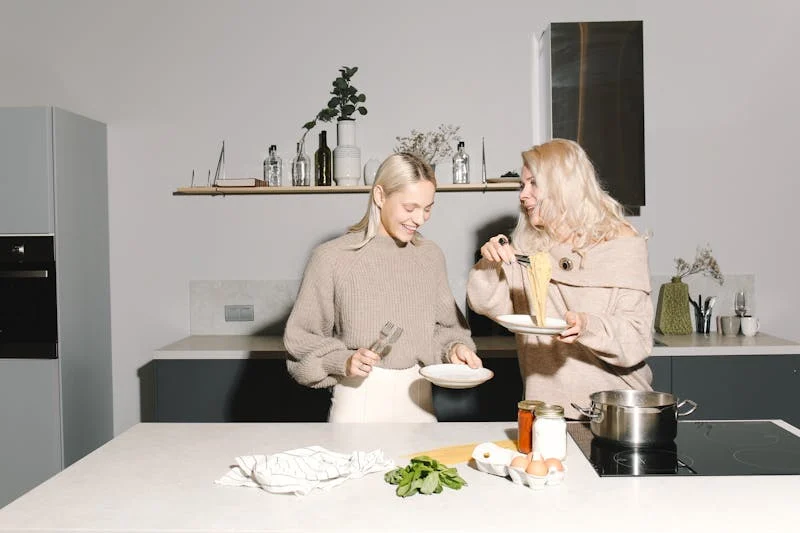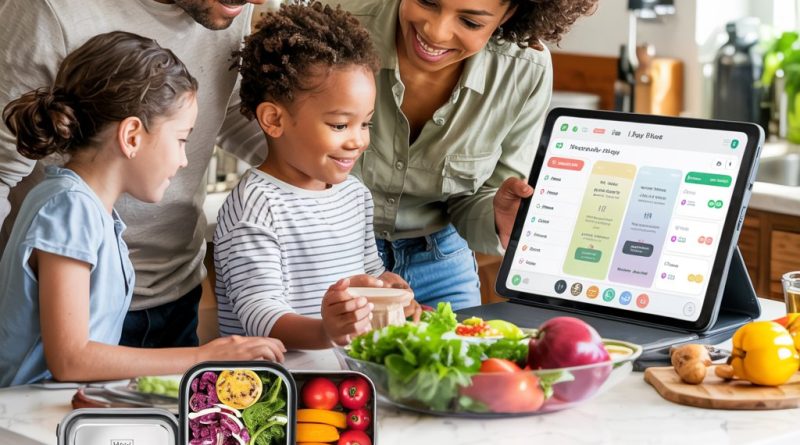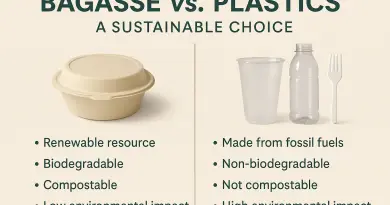10 Easy Habits for Waste-Free Dining : Savor Sustainability
In today’s world, where climate action is more urgent than ever, every small habit counts — even the way we eat. Dining sustainably doesn’t mean giving up your favorite meals or restaurant experiences; it means making thoughtful, simple choices that reduce waste without sacrificing enjoyment.
If you’re ready to make a real impact with minimal effort, this guide offers 10 easy, actionable steps to embrace waste-free dining, whether you’re eating at home, grabbing takeout, or enjoying a night out.
Let’s dive into how you can savor your food and sustainability at the same time.
Why Waste-Free Dining Matters

Food waste is a massive global issue. According to the United Nations, around one-third of all food produced is lost or wasted. In landfills, food waste generates methane — a greenhouse gas significantly more potent than carbon dioxide.
Single-use plastics from food packaging, utensils, and containers also contribute to pollution, harming ecosystems worldwide. The good news? Dining sustainably isn’t complicated. Small, everyday changes by individuals like you can collectively drive a massive positive impact.
1. Plan Your Meals to Minimize Food Waste
Meal planning is one of the simplest ways to avoid throwing away food. Before grocery shopping, create a plan for the week — even a rough outline helps.
Tips for effective meal planning:
Shop with a list to avoid impulse buys.
Buy only what you can realistically use.
Get creative with leftovers — soups, stir-fries, and wraps are easy ways to use up extras.
Freeze portions if you cook large batches to prevent spoilage.
Pro Tip: Apps like Too Good To Go and Olio can help you rescue surplus food locally!
2. Say No to Single-Use Plastics
Plastic utensils, straws, and takeout containers are designed for moments but last for centuries.
Make the swap:
Carry a reusable utensil set (they’re lightweight and easy to pack).
Bring a stainless steel or silicone straw.
Tote your own container for leftovers or takeout.
Many restaurants appreciate it when customers bring their own gear — it’s becoming the new normal.
3. Embrace Reusable Napkins and Towels
Disposable napkins seem harmless, but they add up fast.
Switching to cloth napkins at home or carrying a small reusable hand towel for meals on-the-go can significantly cut waste.
Bonus: Cloth napkins elevate even the simplest meal into a special occasion.
4. Support Sustainable Restaurants
More restaurants are committing to eco-friendly practices — sourcing locally, composting food scraps, using biodegradable packaging, and eliminating single-use plastics.
What to look for:
Local and seasonal menus.
Certifications like Green Restaurant Association or Ocean Friendly Restaurants.
Zero-waste or low-waste initiatives.
Quick Tip: A simple online search for “eco-friendly restaurants near me” will open up a world of delicious, sustainable dining options.
5. Opt for Dine-In Over Takeout
Takeout often means excess packaging waste.
When you can, choose to dine in. You’ll not only enjoy a fresher meal, but you’ll also cut down on unnecessary wrappers, bags, and plastic containers.
If takeout is your only option:
Politely request “no utensils, napkins, or extra condiments” — a small ask that avoids a lot of waste.
6. Bring Your Own Takeout Containers
If you love leftovers (who doesn’t?), bringing your own container is a game-changer. Some cities and restaurants actively encourage this practice.
Ideas for containers:
Stainless steel lunchboxes
Silicone collapsible bowls
Glass containers with snap lids
These eco-friendly options are leak-proof, durable, and often safer for reheating than plastic.
7. Compost Food Scraps Whenever Possible
Even the most mindful diners end up with some scraps — think peels, cores, or plate scraps.
Starting a compost bin at home is easier than ever, with countertop bins for small kitchens or curbside compost programs in many cities.
Benefits of composting:
Reduces methane emissions from landfills.
Returns valuable nutrients to the soil.
Lowers your household’s total waste footprint.
No backyard? Check for community compost drop-offs or services in your area.
8. Choose Sustainable Ingredients
When cooking at home, selecting eco-conscious ingredients supports waste-free dining at its source.
Smart swaps include:
Organic and pesticide-free produce.
Plant-based meals (even just one meatless day a week makes a difference!).
Bulk bin shopping for dry goods using your own reusable bags or jars.
Eating seasonally and locally not only cuts down food miles but often tastes better, too.
9. Host Zero-Waste Dinner Parties
Sharing a meal with friends and family is one of life’s greatest joys — and it’s the perfect time to showcase waste-free dining!
How to host sustainably:
Send digital invitations.
Serve food on real dishes instead of disposables.
Provide clearly labeled bins for recycling and compost.
Share leftovers with guests (in reusable containers, of course!).
Your guests might leave inspired to host their own eco-friendly events.
10. Educate and Advocate
Small personal changes create ripples, but sharing your sustainable habits magnifies the impact.
Ways to inspire others:
Recommend your favorite eco-friendly restaurants.
Post about your zero-waste dining wins on social media.
Ask local eateries about their sustainability practices (and thank them when they make eco-friendly choices!).
The more people who join the movement, the faster we can drive meaningful change.
Final Thoughts: A Feast for the Future
Waste-Free Dining isn’t about perfection — it’s about making better choices, one meal at a time. Whether you’re swapping single-use forks for reusables, composting your scraps, or supporting restaurants that care for the planet, you’re making a real difference.
Remember: sustainability doesn’t have to be hard. It can be as joyful, satisfying, and delicious as your favorite meal.
The world is hungry for change — and your plate is a great place to start.




